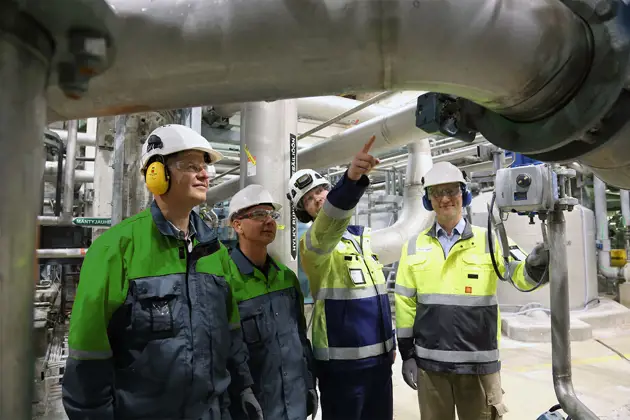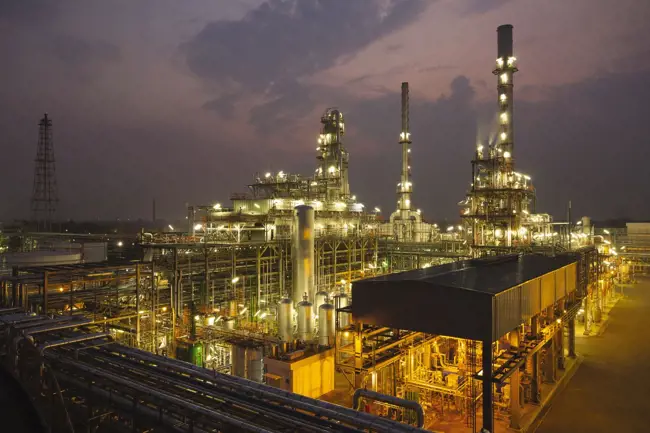Metathesis is one of the most common propylene production methods, but it can only be profitable if the production unit is reliable. So how do you ensure the reliability of your metathesis unit? For one thing, it means a unit supported with top-quality valves specifically selected for their purpose.

The past decades have seen a dramatic increase in propylene demand to fill the global need for this fundamental multipurpose product. Since propylene demand is growing faster than the supply, this has resulted in producers looking for more reliable and productive sources.
One of these is metathesis − a reaction where ethylene and butane are used as feedstock to form polymer-grade propylene. Developed originally as a low-capital, low-energy production option, metathesis is now one of the most common production methods. The method allows excellent flexibility, performance and profit. But this is only the case if the metathesis unit is reliable and efficient – designed and maintained with the understanding that details matter.
Reduce risk with the right valves
The metathesis process requires numerous valves and vents to control the various pressures and temperatures of each stream, column and vessel used in the cycle. Due to possible risk, the proper functioning and reliable performance of these valves is critical.
For example, sudden pressure or temperature increases can cause equipment problems or breakdowns. In addition, some media utilized in the process are highly flammable, adding to the number of potential dangers. Plus, possible runaway situations are a threat as well, putting not only your entire production at risk but also your personnel.
Well-designed and correctly installed valves can help eliminate these risks and can also improve your performance outcome.
Reactor feed shut-off valves
Of the wide variety of valve types in a metathesis unit, one of the most safety-critical is the reactor feed shut-off valve. These are required to promptly isolate the feed to the reactor in case of a problem.
Since these valves are located right next to the heater, they are exposed to extremely high temperatures, up to 590 °C. However, it is imperative that they preserve quick operation and maintain tight shut-off at all times.
Because of these specific conditions, make sure your reactor feed shut-off valves absolutely meet the following criteria:
- High-temperature compatibility
- Quick and tight shut-off
- Unfailing availability, especially after an extended period of non-operation
All valves are important
This shut-off valve is just one example. Other stages of the process require different valves, specifically designed for their function, with nearly as high a level of criticality.
The typical metathesis unit also employs treater switching, fuel gas control, ESD and depressurizing valves, for stabilizing conditions when an overpressure occurs.
Text by Ville Kähkönen. For additional information, please contact lindsay.coutinho@valmet.com.
Text originally published in 2018, and slightly updated in April 2022, due to the company name change to Valmet.

